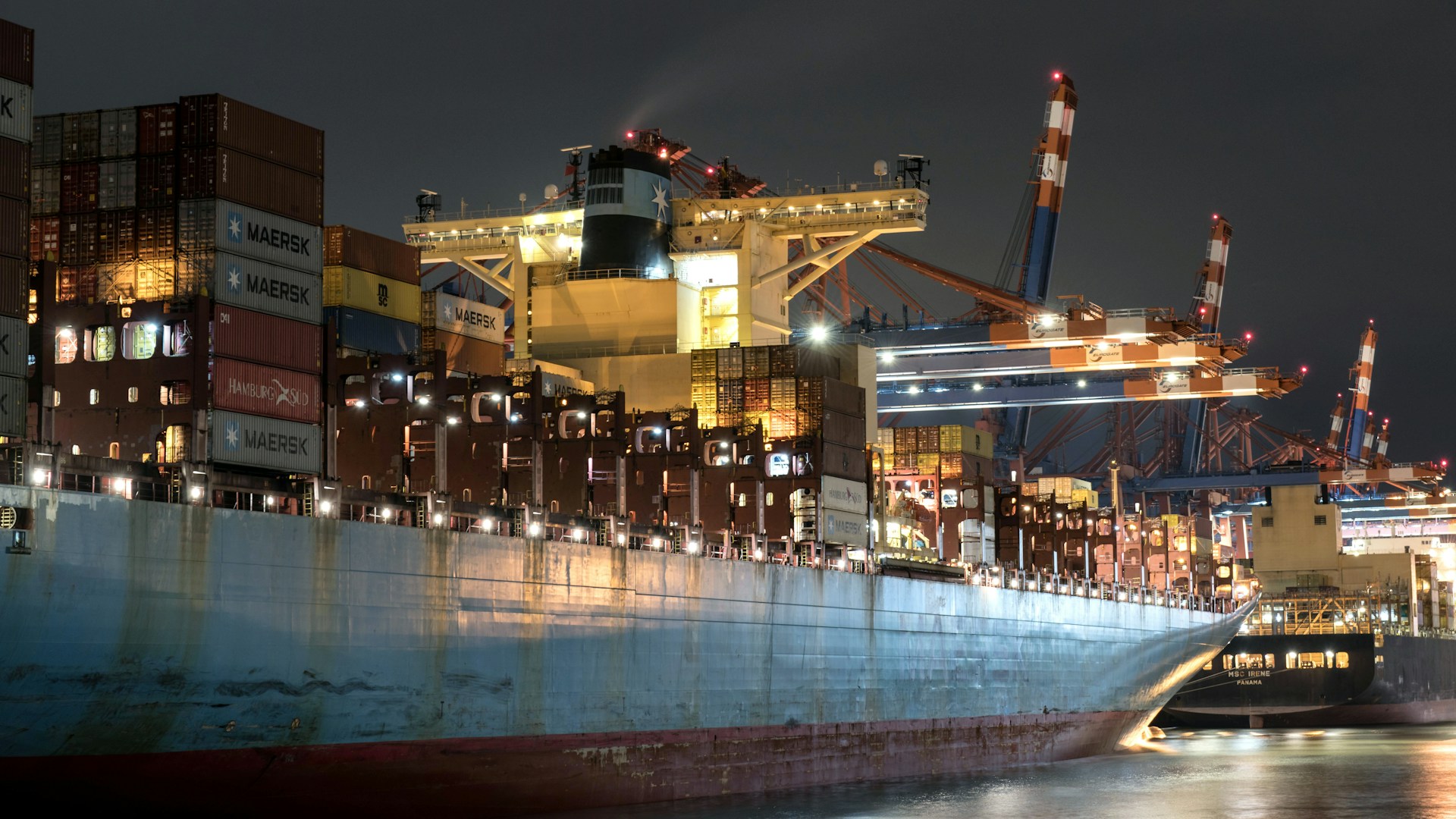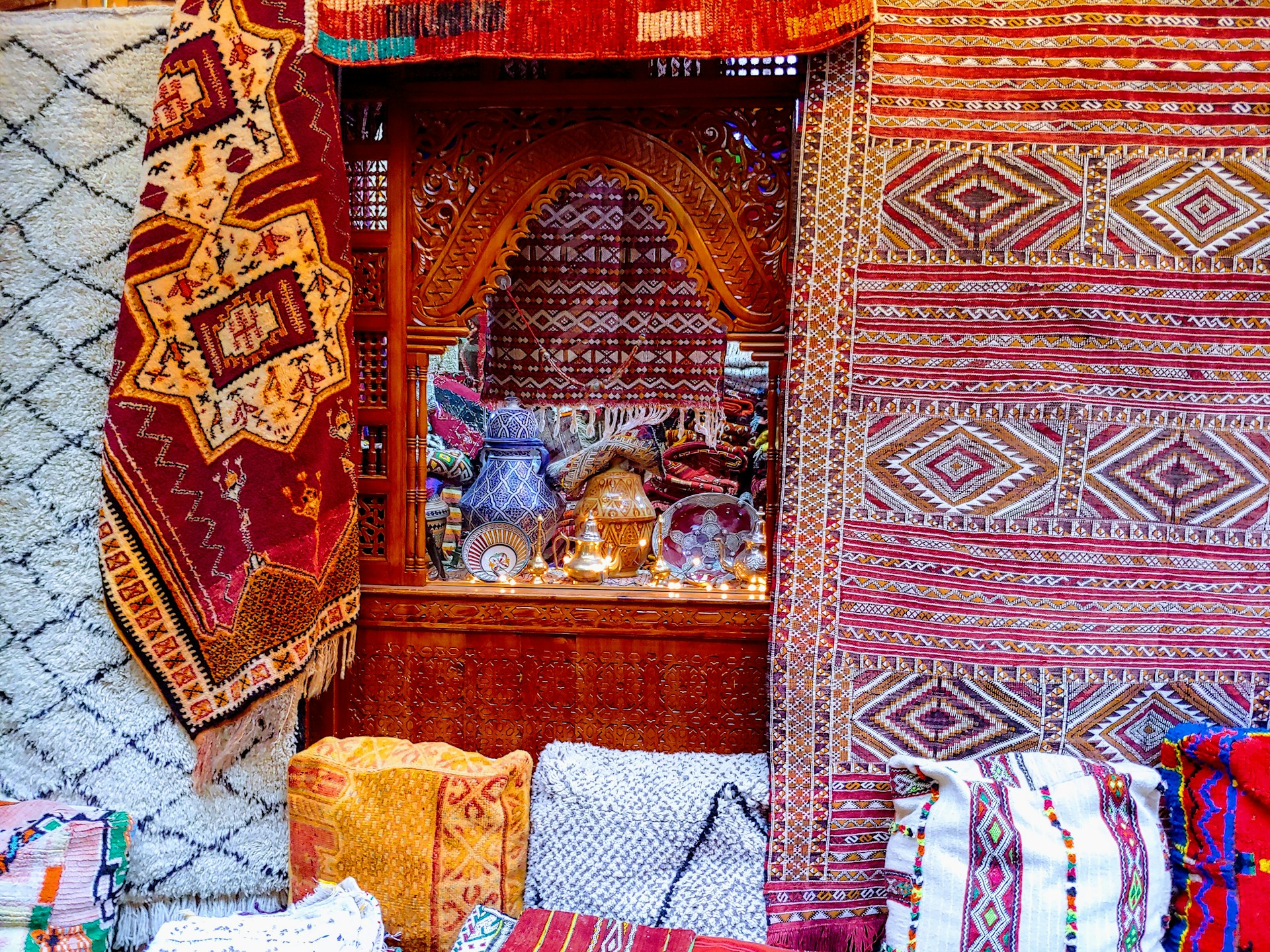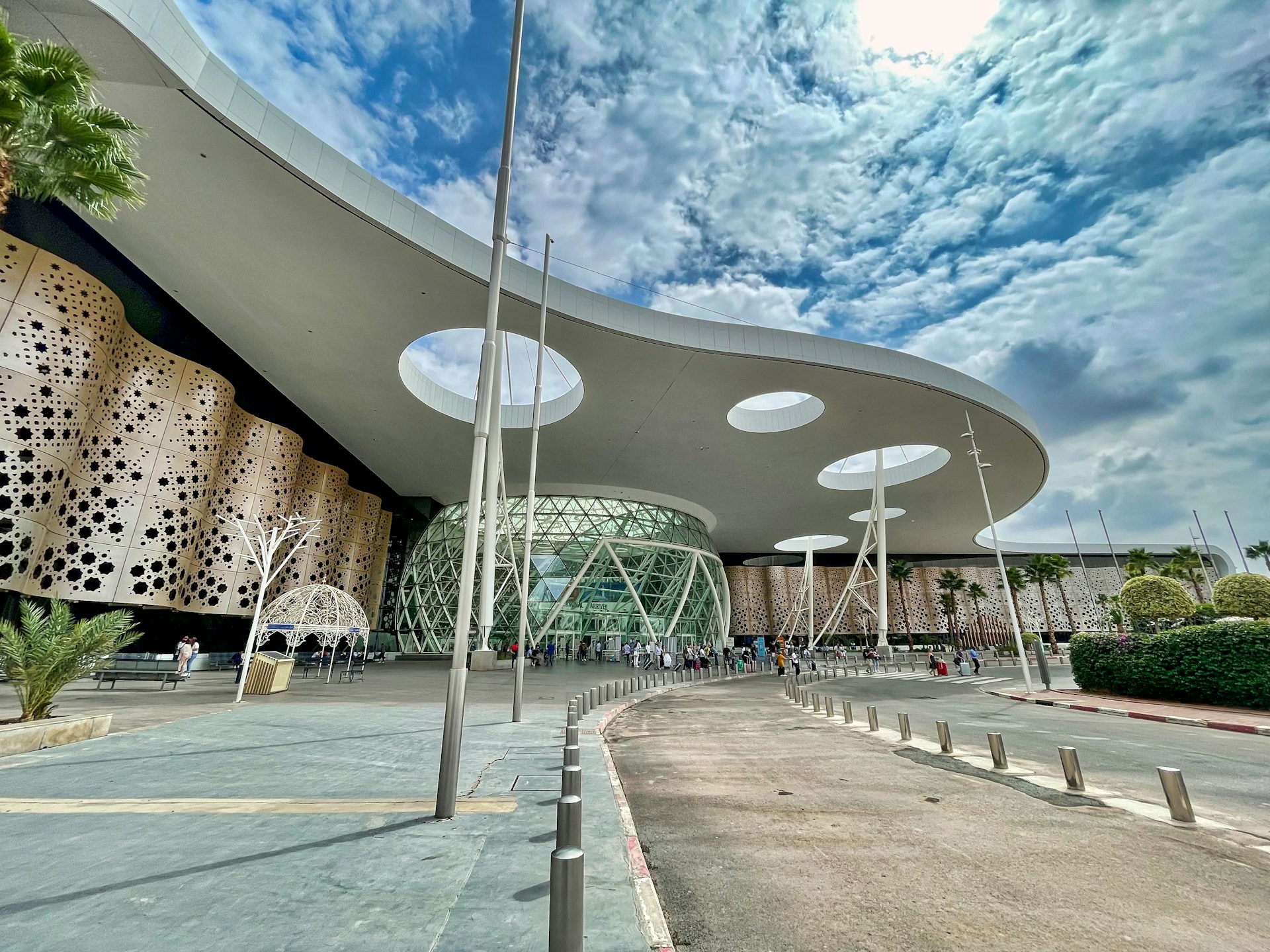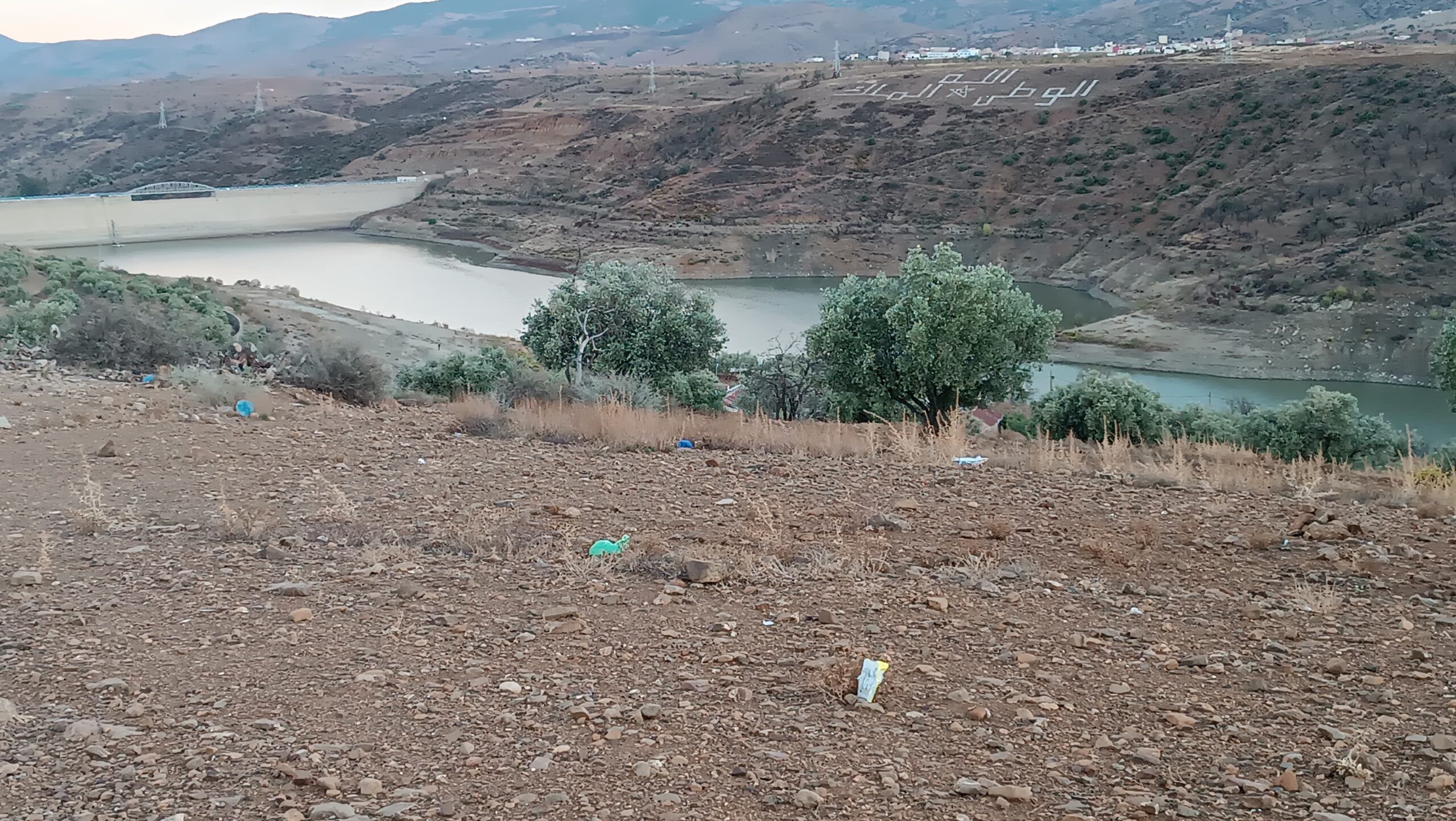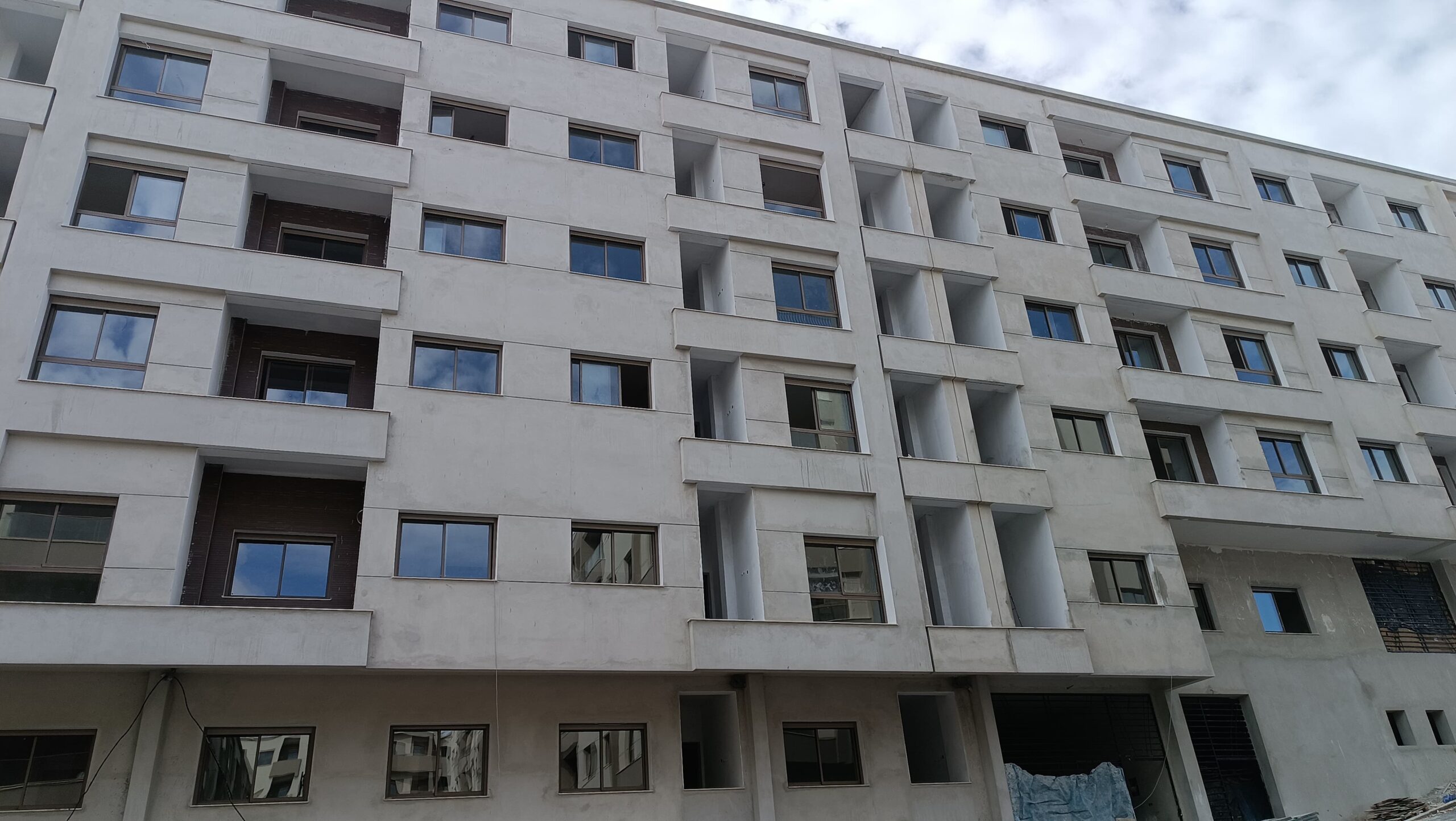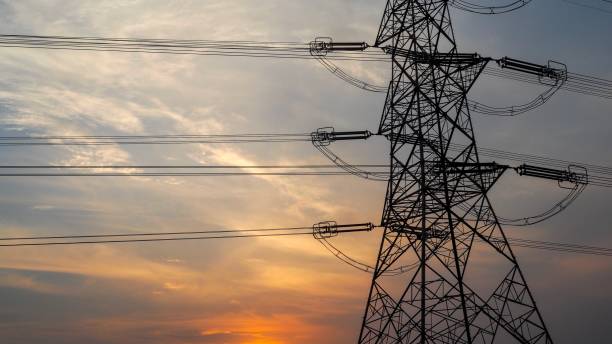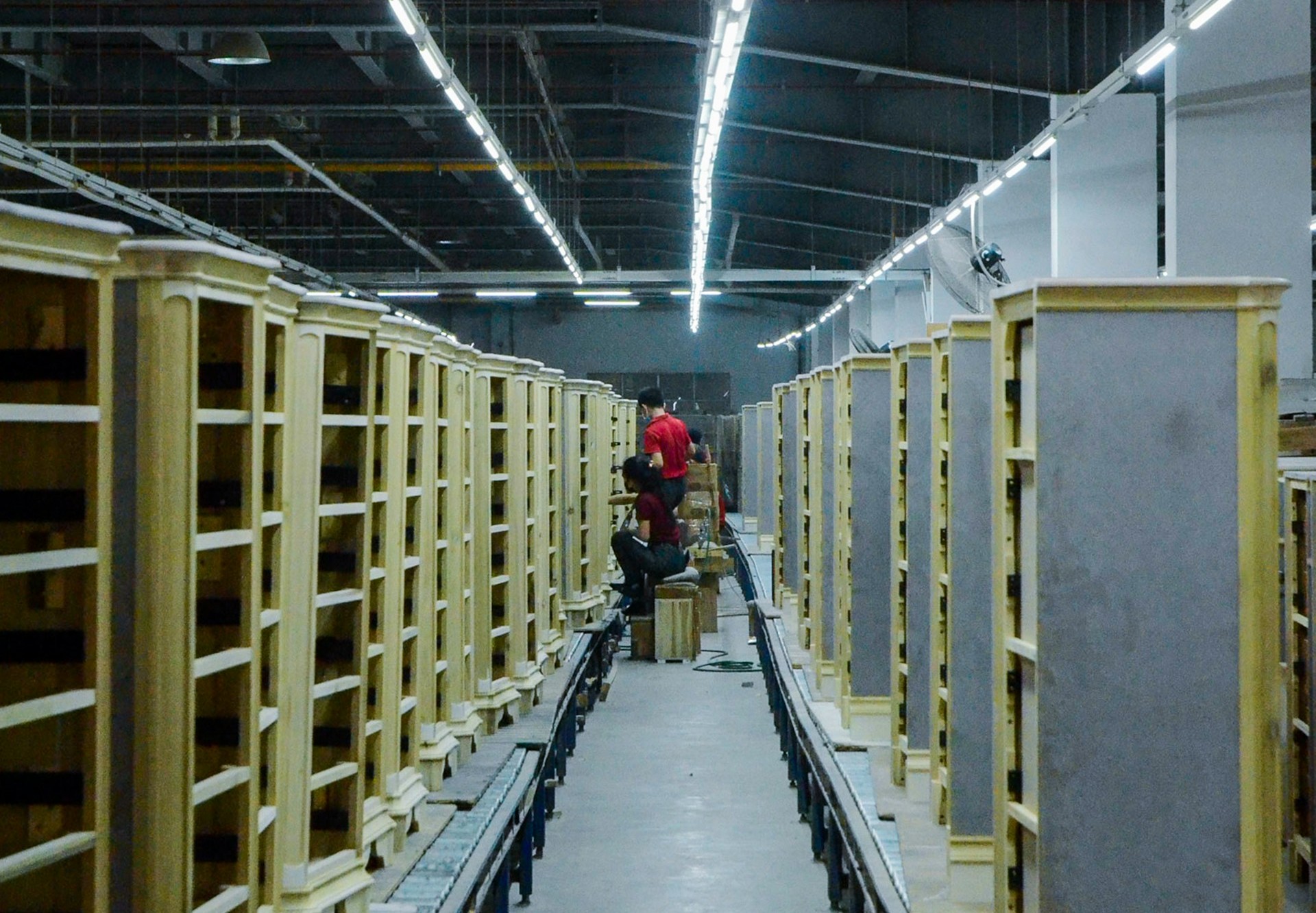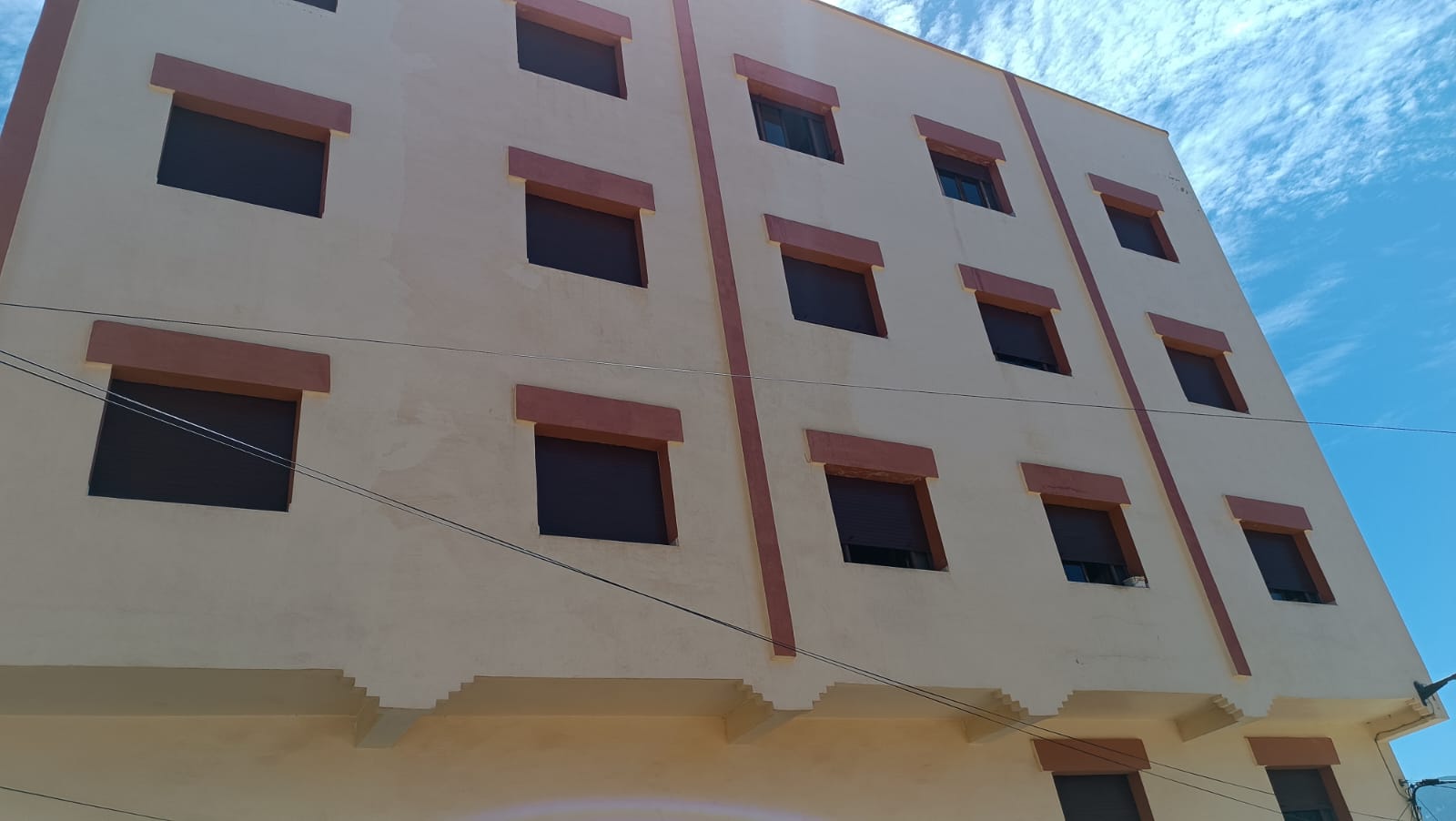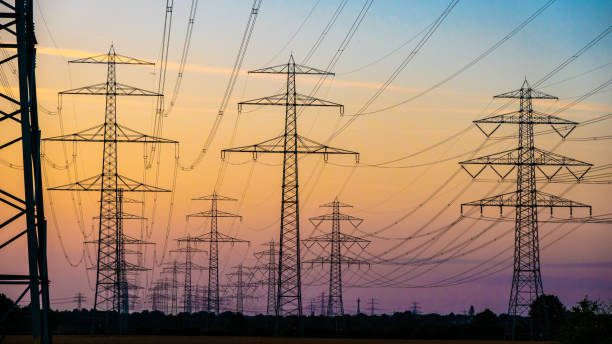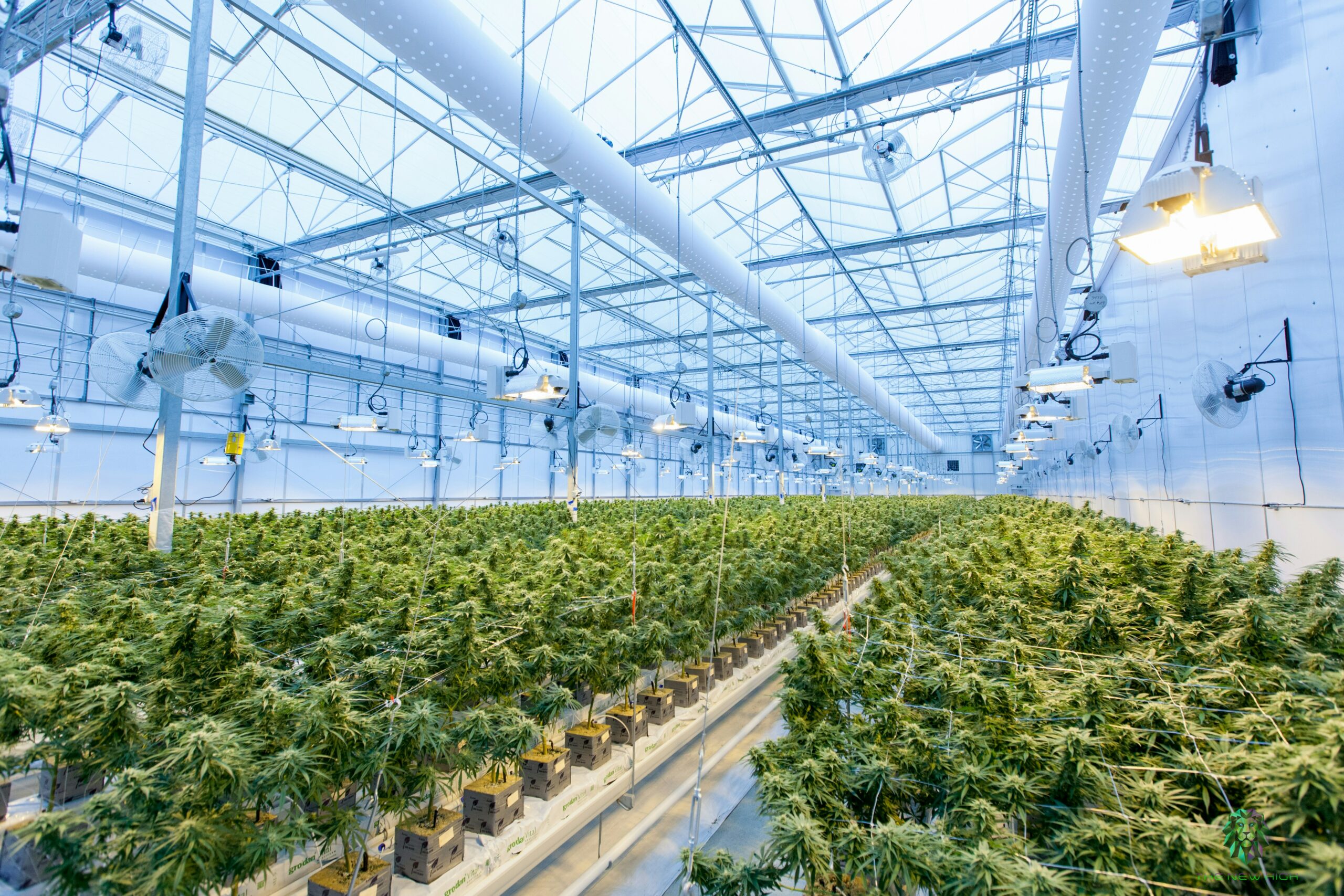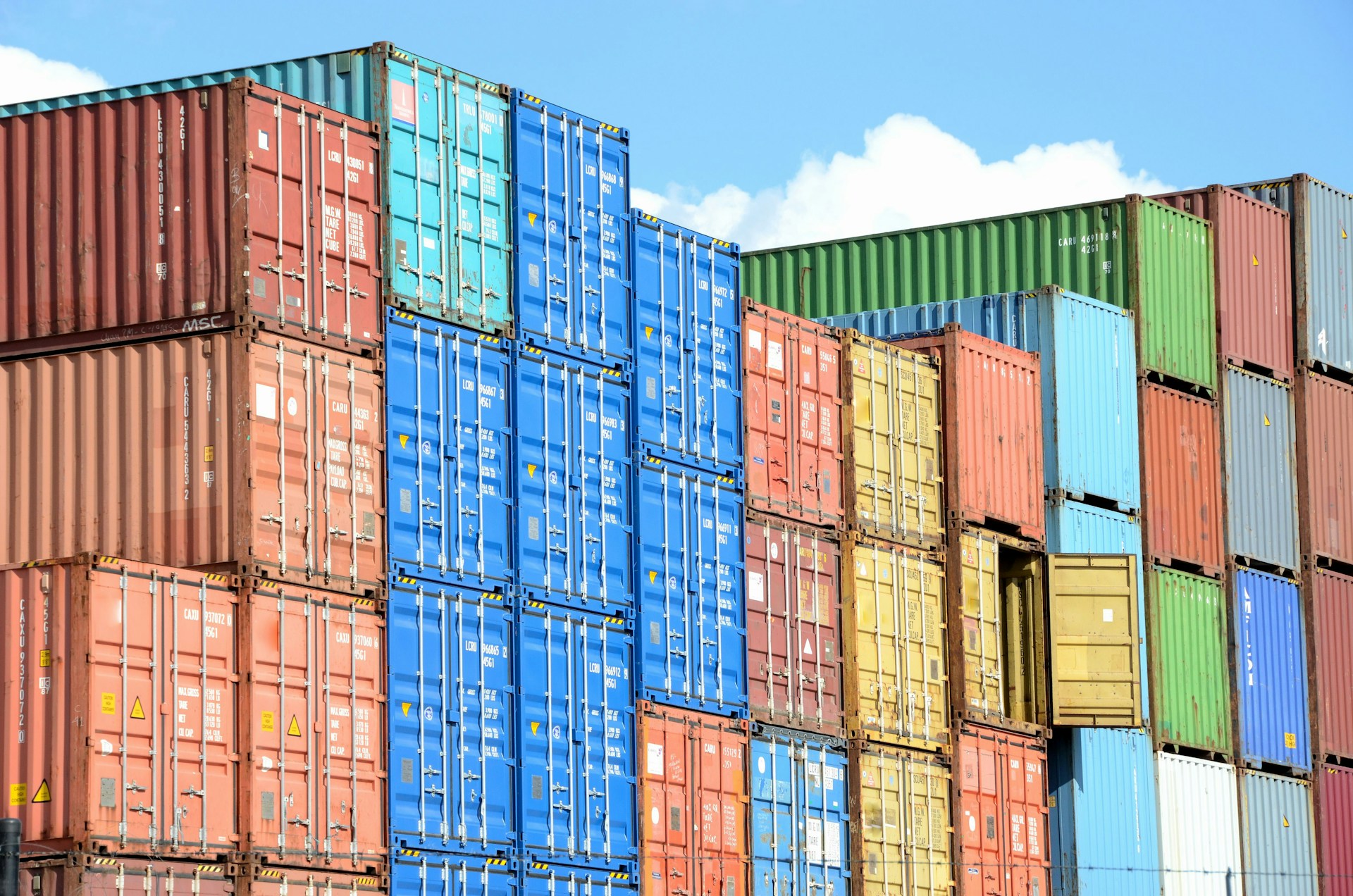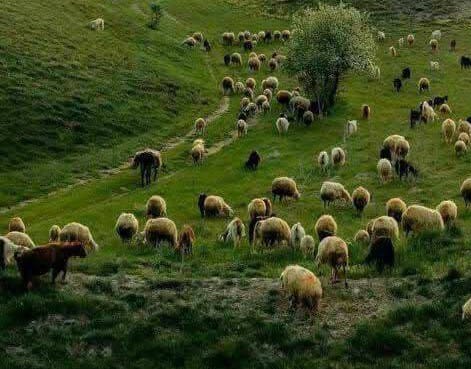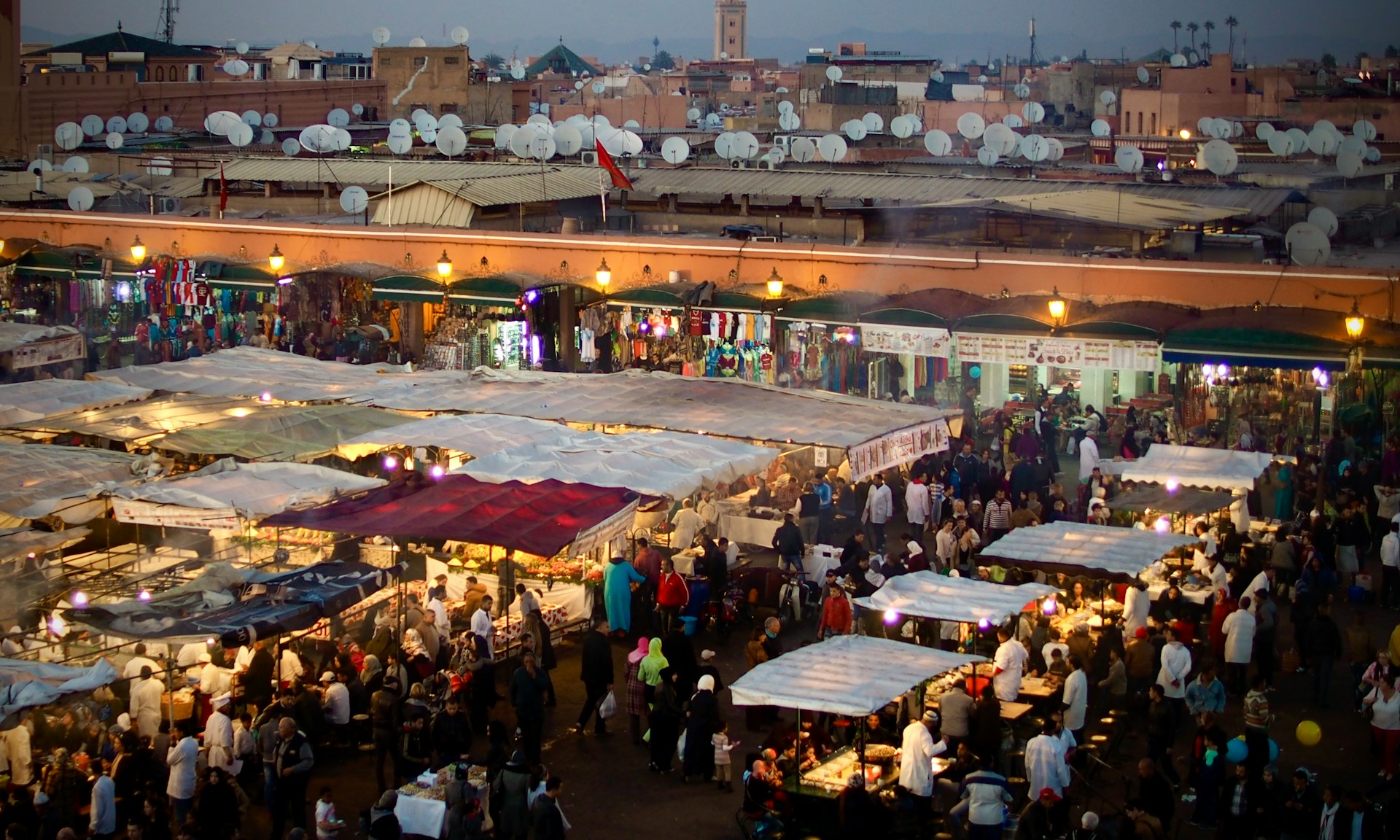Casablanca – The beginning of 2025 has brought a relative improvement in climatic conditions in Morocco, particularly compared to the previous year. Several regions have recorded increased rainfall, positively impacting vegetation cover and agricultural production. However, despite this improvement, the accumulated water deficit over the past years remains a major concern.
Significant increase in water reserves
According to data from the Ministry of Equipment and Water, the rainfall recorded in recent weeks has contributed to a significant improvement in dam reserves. As of February 11, 2025, water reserves in Moroccan dams reached 4.649 billion cubic meters, compared to 3.882 billion cubic meters on the same date in 2024. This represents an increase of 766.43 million cubic meters, with the overall filling rate rising from 24.08% to 27.61%.
Some major dams have seen notable improvements:
- Sidi Mohamed Ben Abdellah Dam (Rabat): Its filling rate increased from 21.58% to 39.31%, with reserves rising from 210.40 million m³ to 383.22 million m³.
- Mansour Eddahbi Dam (Ouarzazate): The filling rate jumped from 14.79% to 43.49%, with water stocks increasing from 65.89 million m³ to 193.74 million m³.
- Hassan Addakhil Dam (Errachidia): Its reserves grew by 34.96%, bringing the filling rate from 26.47% to 61.43%, with a water volume increase from 82.79 million m³ to 192.15 million m³.
- Idriss I Dam (Taounate): The filling rate climbed from 17.19% to 24.94%, with reserves increasing by 87.52 million m³, reaching 281.71 million m³.
- Mohammed V Dam (Oujda): This dam saw a 30.87% increase in its filling rate, now standing at 46.89%, with water stocks growing from 38.29 million m³ to 112.07 million m³.
These figures indicate an improvement in the country’s water resources, providing some relief for drinking water supply and agricultural irrigation.
Persistent challenges despite the rainfall
Although rainfall has helped replenish water reserves, Morocco still faces a significant water shortage. Since the beginning of the rainy season in September 2024, precipitation levels have varied widely across the country, with amounts ranging from 4 mm to 148 mm. The highest recorded level was 335 mm at Jbel Outka, in the Sebou basin. However, these figures remain 36% below the historical average.
The country is experiencing its seventh consecutive year of drought, exacerbating pressure on groundwater resources and intensifying water scarcity. Nizar Baraka, Minister of Equipment and Water, highlighted that Morocco is suffering the full impact of climate change, with a rise in average temperatures of +1.8°C—surpassing the 1.5°C threshold set by the Paris Agreement. This increase has led to greater evaporation, reaching up to 1.5 million cubic meters of water per day.
Moreover, per capita water availability, which stood at 2,600 m³ per year in the 1960s, is expected to drop to around 540 m³ by 2040 if current trends continue.
Government strategy and long-term solutions
To address these challenges, the Moroccan government has adopted a multi-faceted strategy focused on:
- Shifting from reliance on conventional water resources to an integrated approach that includes non-conventional sources such as desalination and wastewater reuse.
- Prioritizing water demand management over increasing supply.
- Implementing a long-term vision rather than short-term measures.
- Establishing an equitable distribution model where urban areas support rural regions to ensure territorial justice.
Morocco currently has a strong hydraulic infrastructure, with 154 large dams, 150 small and medium-sized dams, and 16 seawater desalination plants with a production capacity of 277 million cubic meters. Additionally, the government is working on water transfer projects between basins, such as the transfer from the Sebou basin to the Bouregreg basin. Plans are also underway to link the Loukkos, Sebou, Bouregreg, and Oum Errabia basins, with a goal of channeling 1.2 billion cubic meters of water annually to the Al Massira Dam, which has seen its filling rate drop from 100% to just 1% in ten years.
Another innovative measure under study is the use of floating solar panels on reservoirs, like the project at the Tanger Med dam. These panels would produce clean energy while reducing evaporation.
While the recent rainfall has temporarily eased water stress and provided much-needed support for agriculture, the country’s water crisis remains severe. Addressing the structural challenges of climate change and water scarcity requires long-term sustainable solutions. The Moroccan government is accelerating investments in hydraulic infrastructure and promoting responsible water management to ensure national water security in the coming decades.

